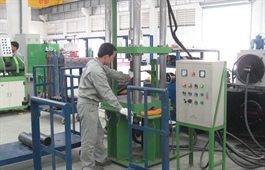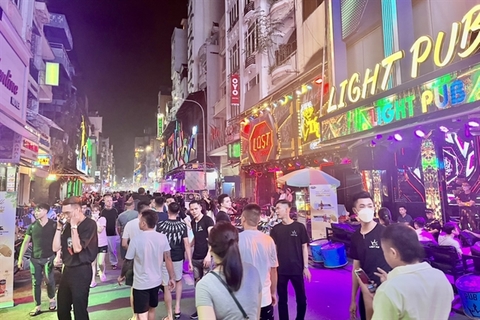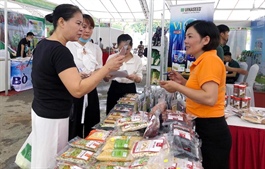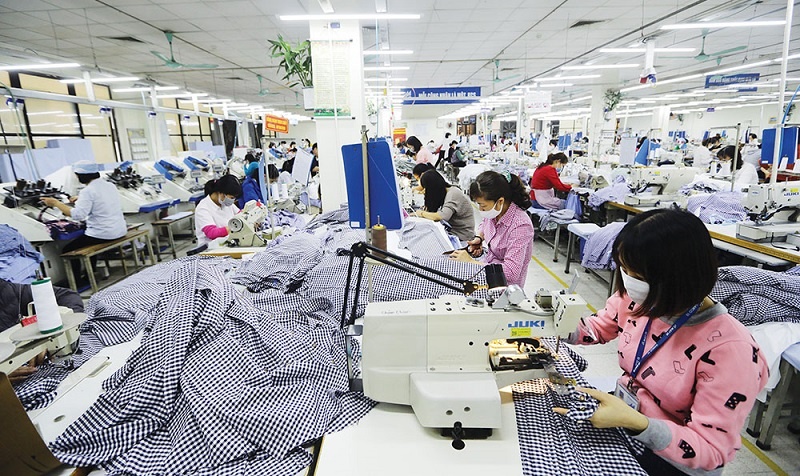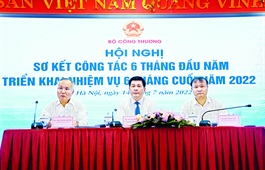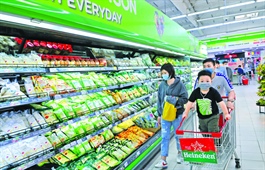Supporting industries future looks bright
Supporting industries future looks bright
Foreign companies in Viet Nam are increasingly looking to source components and parts locally, offering local firms a great opportunity to enter global supply chains, a meeting heard in HCM City.
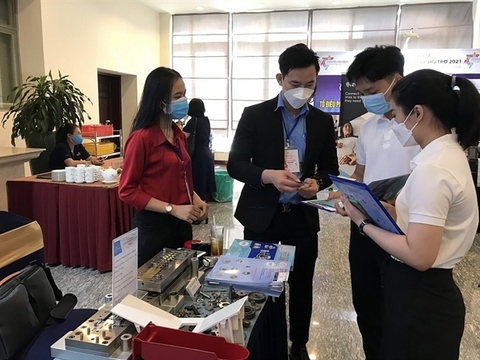
But to do so, they need to transform and make products of higher quality at competitive prices, delegates told at a press conference to introduce Metalex Vietnam and Supporting industry Show which will be held in HCM City early October.
Nobuyuki Matsumoto, chief representative of Japan External Trade Organisation’s HCM City office, said the COVID-19 pandemic has severely affected the global economy.
“In the case of the manufacturing sector, the previously built global supply chains have been disrupted, leading to a halt in production activities, and this underlines the importance of having strong supply chains that do not depend too much on any one country, he said.
“In such a context, Viet Nam receives a lot of attention.”
The Japanese Ministry of Economy, Trade and Industry has since 2021 run a support programme for Japanese firms to diversify their supply chains abroad, and of 103 projects that received approval, Viet Nam leads with 41, he said.
A 2021 survey by JETRO on Japanese investment in Asia and Oceania found that 55.3 per cent of Japanese businesses wanted to expand their operations in the next one to two years in Viet Nam, the highest rate in Southeast Asia, he said.
Asked about raw materials and components, 86 per cent of surveyed firms said they wanted to increase local sourcing of materials and components, with 88 per cent of them saying they would prefer to buy from local firms, he added.
Vu Trong Tai, general manager of RX Tradex Vietnam, said: “Viet Nam has emerged as a new production hub in the global supply chain with the presence of big and famous manufacturing and high-tech corporations such as Samsung, Intel, LG, and Foxconn accompanied by a network of their satellite companies.”
They are also studying the possibility of expanding investment, increasing production capacity, and sourcing high-quality electronic components.
The number of US and European buyers coming to Viet Nam to look for new sources of supply is also increasing, offering great business opportunities to Vietnamese enterprises, he added.
Le Nguyen Duy Oanh, deputy director of the HCM City Centre for Supporting Industries Development, said foreign companies in the electronics, mechanical engineering, robotics, and other sectors have been seeking out various types of components in the local market.
There is a great opportunity for local firms to penetrate global supply chains but that would be hard if they do not transform, she said.
Matsumoto said the 2021 survey also found some obstacles to the procurement of components and raw materials in Viet Nam including product quality and poor techniques.
“To enter the supply chains of Japanese enterprises, Vietnamese firms must resolve the problem related to inconsistent quality.”
Based on the needs of Japanese companies, JETRO has organised the ‘Supporting Industry Show’ to foster co-operation between supporting industry firms in the two countries, he said.
At the exhibitions, the Japanese companies exhibit components and products they want to buy or entrust production of in Viet Nam, he added.
Oanh said her centre has collaborated with multinational companies to help local firms improve their capacity, reduce the rate of defective goods and address management weaknesses, and some of the latter have become their suppliers since, she said.
To help develop supporting industries, she said the city would this year clear the obstacles they face to accessing the investment stimulus programme, she added.



